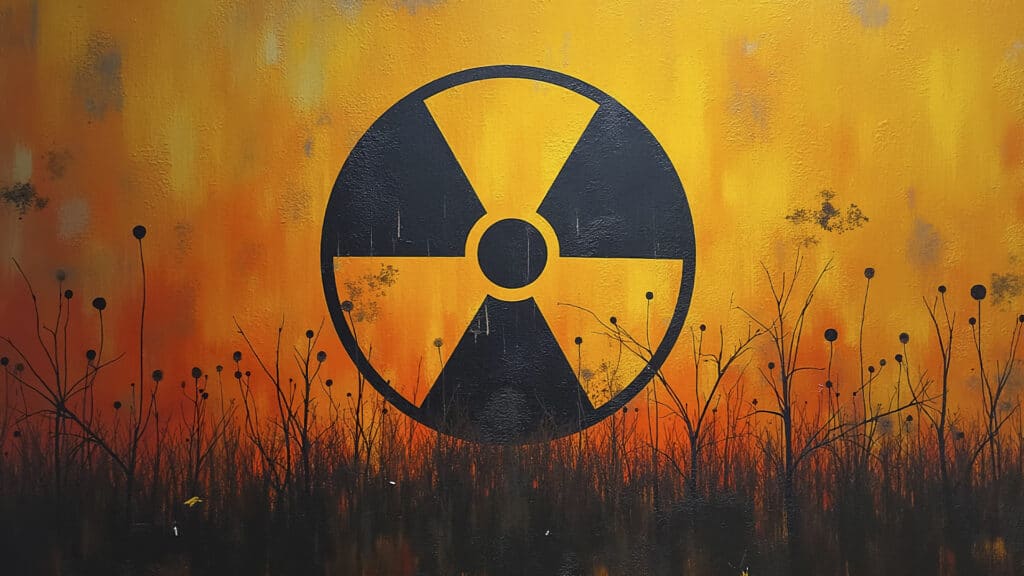Affordable Armageddon: A look inside Ukraine’s $4,000 nuclear shelters

The world faces an urgent risk of nuclear apocalypse. Experts and world leaders warn that this danger is more acute now than it has been in decades.
Likewise, many Ukrainians fear the war could end with a nuclear strike at any moment, Novaya Gazeta reported.
Preparing for the worst
After years of war, Ukrainians have developed distinct ways to cope with shelling. Despite these strategies, the threat makes true adaptation impossible. Some hope to survive until morning; others prepare for the worst.
Igor, a resident of western Ukraine, hears a siren, grabs his backpack, and rushes out. In minutes, he bikes to his bunker, hides the bike, checks for watchers, and slips underground, bolting the door.
This survivalist mentality is not new. Igor, a prepper, readies for disasters — occupation, natural disaster or nuclear strike — that could force self-reliance.
The prepper movement began in the U.S. during the Cold War, when many Americans believed nuclear war was inevitable. From there, it spread to Russia and Ukraine after the collapse of the Soviet Union. Today, as in other parts of the world, preppers in Ukraine have online forums, chats and resources, such as Survival.com.ua.
Cigarettes and vodka
Igor’s experience has made him plan ahead. After surviving the Russian invasion, he began studying what food and medicine to stockpile. He believes that in the event of an apocalypse, alcohol and cigarettes would become currency to trade for essentials. «Cigarettes can be exchanged for stew, vodka for gasoline,» he says.
He also stockpiled medicine, including antibiotics, vitamins, painkillers, fever reducers, a tourniquet and potassium iodide, which can help protect the thyroid gland from radiation.
Note: These are Igor’s personal opinions and not official recommendations. We cannot verify their accuracy, and they should not be taken as medical or survival guidance.
In time, Igor decided to get his own shelter. About a kilometer from home, he discovered an abandoned cellar and spent months transforming it into a bunker.
Personal bunker
The prepper acknowledges that some people doubt the usefulness of bunkers.
«People say a bunker won’t save you,» he explains. «But missiles won’t land every hundred meters. The strike might be far away. The bigger danger is radiation and the chaos that follows.»
Igor claims that radiation levels fall by 60% three days after contamination. He plans to stay underground for at least a week, believing most people will die due to inadequate protection. Survivors, he warns, will struggle with food and water shortages, and looters may soon appear.
Igor warns that looters may form gangs and raid anything «not nailed down.» He advises building alliances with trusted neighbors, especially doctors or those with military experience. He emphasizes the importance of mutually beneficial relationships.
Morale boosters
Notably, Igor believes survival requires more than weapons and food. He considers morale boosters like chocolate, soda and candy as important, and keeps books on chemistry, physics, geography, biology, and guides on mushrooms and herbs in his bunker.
Setting up a shelter, Igor estimates, costs around $4,000, with the priciest item being a $1,200 inverter generator. He recalls that people used to laugh at him, but now recognize the merits of his preparations.

